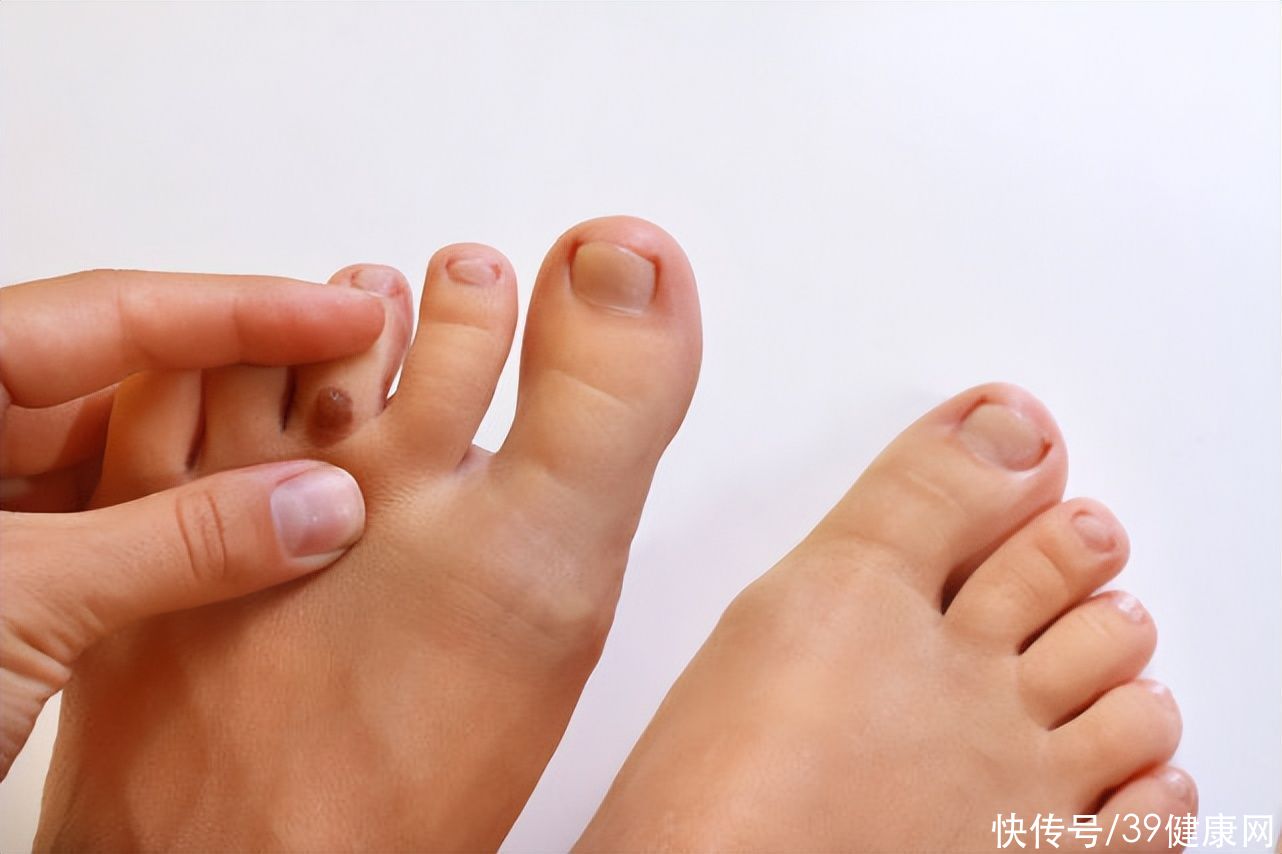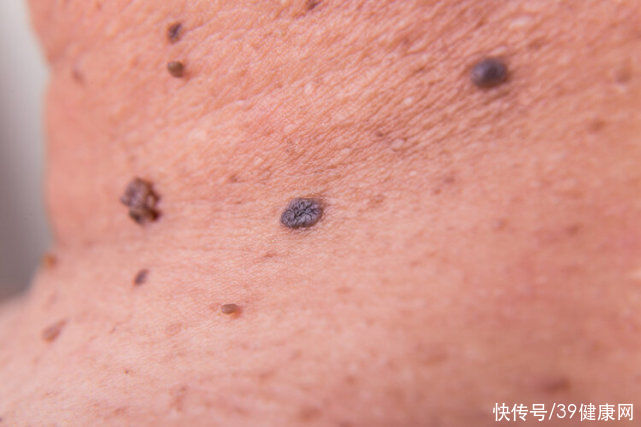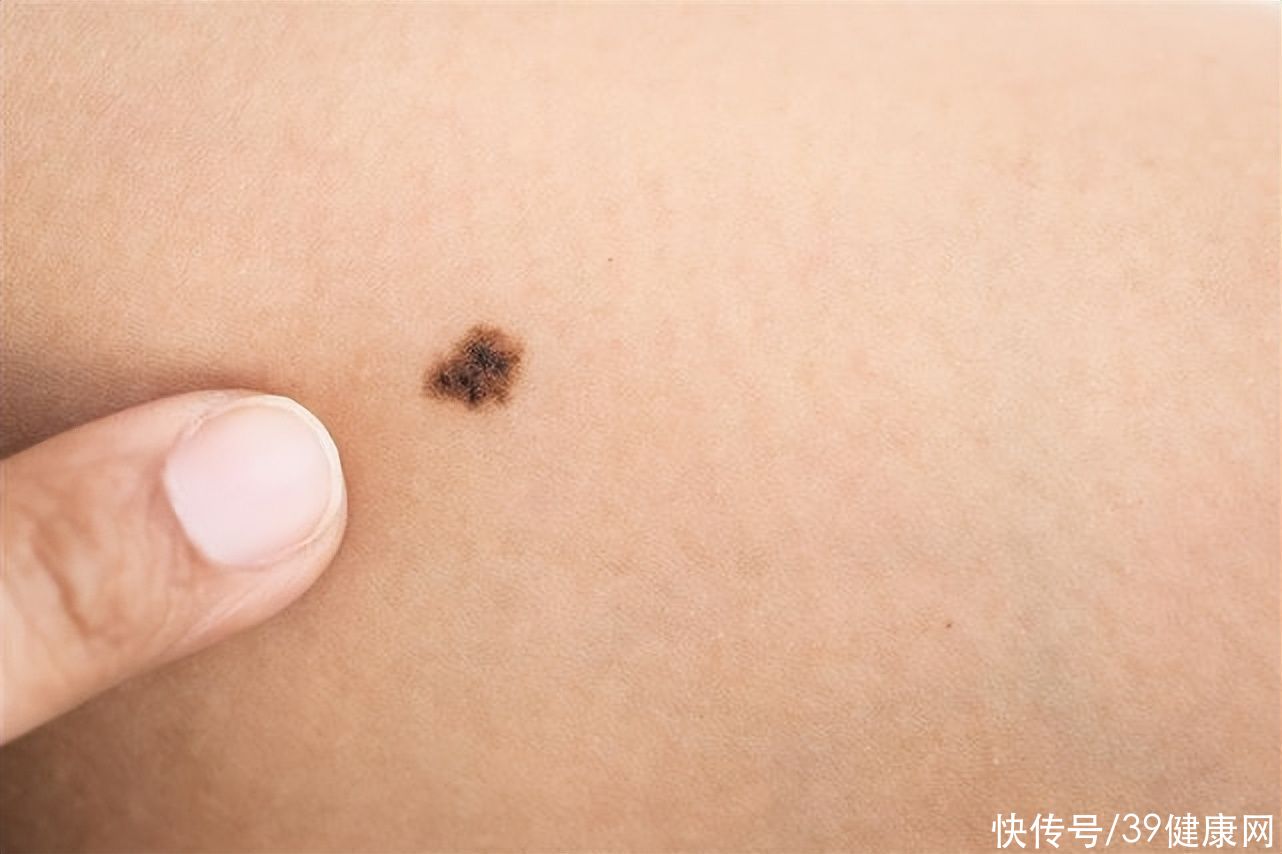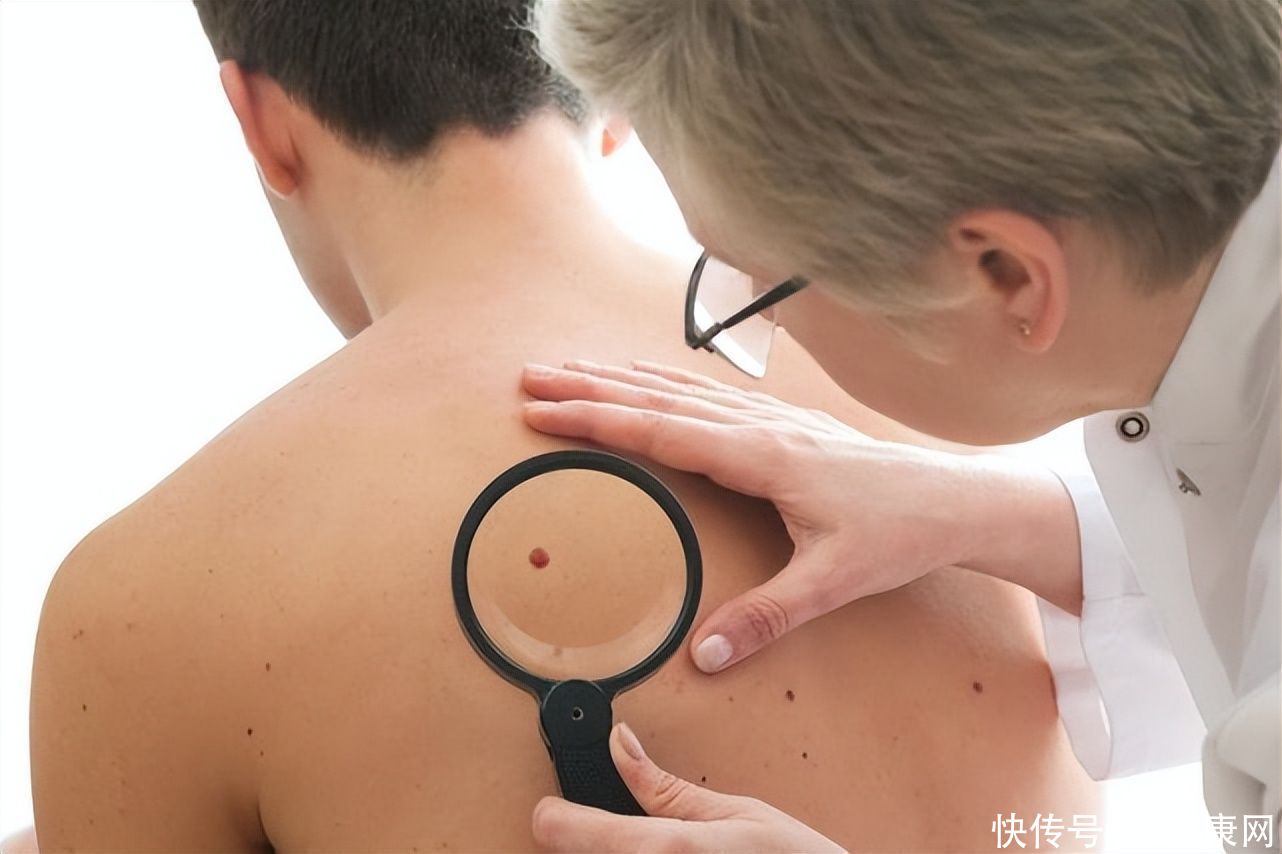Ms. Liu, 42, discovered a black mole the size of a mung bean on her heel six months ago. It was neither painful nor itchy, and she didn’t pay much attention.
But almost two or three months later, she accidentally discovered that the black mole on the heel became larger and protruded from the epidermis, and Ms. Liu cut it off with her own nail clippers. . But it didn’t take long for Ms. Liu’s mole to grow again, and it had grown bigger before.
Afterwards, Ms. Liu also experienced repeated ulceration, exudation, infection and other symptoms in this mole.
Over time, the ulcerated surface of the mole had grown to the size of a thumb, and satellite lesions appeared. In less than 6 months, the mole the size of a mung bean has turned into a black mass the size of a quail egg and is constantly oozing.
Ms. Liu rushed to the hospital to see a doctor. When she checked it out, it turned out to be melanoma. Ms. Liu was very annoyed.

1. What is the mole on the body?
Everyone is familiar with moles. Moles are actually melanocytic nevus. Normal moles are generally 2-6mm in diameter, with uniform color, symmetrical structure, and clear boundaries.
Most moles develop between birth and 20 years of age. The number of moles on everyone’s body is highest in the age of 20-30. After the age of 30, the number of new moles will decrease, and some moles will disappear on their own.

2, 3 moles, pay attention to
about 25%-33% Skin melanoma is caused by moles, especially in middle-aged and elderly people between the ages of 50-69. Melanoma often arises from the malignant transformation of junctional moles or mixed moles. Most moles do not develop into melanoma, but a very small number of moles will deteriorate.
Black moles may occur in various parts of the human body, but the following three parts may be high-risk moles.
1. Areas that are easy to rub
Moles that grow on the nasopharynx, soles, palms, anus, bras, belts and other areas that are easy to rub , due to frequent frictional stimulation, the risk of developing cancer is greater.
2. Areas that are often exposed to the sun
In addition to moles that are easy to rub, there are also areas that are often exposed to the sun, such as the head and neck. Moles may also increase the risk of cancer due to excessive UV exposure.
3. Feel free to pick and pick or easily injured parts
For moles in the nasal cavity, oral mucosa, etc., If you are stimulated by scratching, etc., you should also be vigilant.
For these high-risk moles, you must pay more attention.

Third, how to distinguish? Master 5 Judging Methods
To judge whether a mole on the body is cancerous, the following five methods can be used to identify it.
1. Symmetry
Observe whether the moles are bilaterally symmetrical. Most of the symmetrical moles are benign, and asymmetric ones need to be vigilant.
2. Look at the borders
Most of moles with clear and smooth borders are benign, while the borders are blurred, or there are serrations, notches, etc. Shape needs attention.
3. Look at the color
Observe whether the color of the mole is uniform. Generally, most of the moles with uniform color are benign. Note that melanomas come in blue, pink, black, brown, brown, etc. colors.
4. Look at the diameter
Generally, malignant melanomas are more than 5cm-6mm in diameter, and black moles with particularly small diameters are less likely to become cancerous.
5. Look at the uplift
Most of the black moles that are flat and not uplifted are benign, and the uplift with some other abnormal features mentioned above needs to be alert.

Everyone has moles, which are generally safe, but be careful of cancerous ones, especially long ones. Moles on areas prone to friction, frequent sun exposure, and areas prone to injury. In addition, it is necessary to learn how to distinguish between normal moles and malignant moles, and discover abnormalities in time.
References:
[1]A mole is a melanoma? Big coffee takes you to find out! .Medical Tumor Channel.2021-10-26
[2] Mole grows in this area, it is more fortunate than fortune! Take a glance while taking a bath, don’t wait for cancer to regret it. Family doctor. 2021-12-25
[3] Her personal experience tells you that a painless “black mole” is How to “evolve” into melanoma! Guangxi Medical University Affiliated Cancer Hospital .2021-10-09
Reprinting is prohibited without the author’s permission